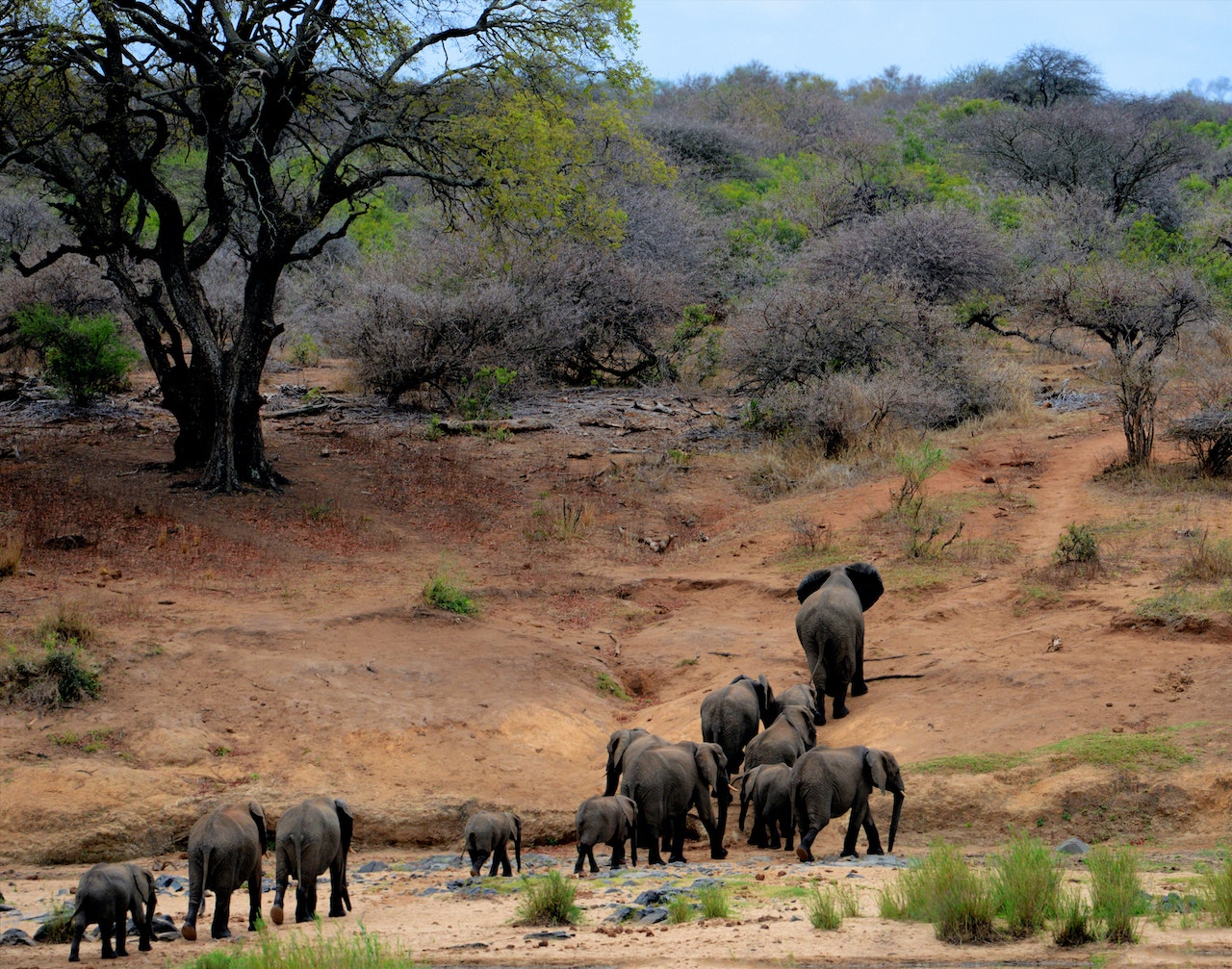Animal migrations happen all over the world, but Africa is lucky to call many of them home.
The sheer abundance of wildlife in motion. The steep odds to be overcome. The amazing feat of precise navigation. These are what make animal migrations such magnificent spectacles for the human eye. It definitely takes some planning to get the timing right, but experiencing an African animal migration is a bucket list activity for many and one that the kiddos will be overjoyed to witness.
Keep your wildlife calendar open! These African wildlife migrations just can’t be missed:
- Wildebeest Migration, Kenya and Tanzania.
The wildebeest migration, otherwise known as the Great Migration or the “World Cup of Wildlife” is one of the most fascinating natural events on the planet. From July through to October, some 1.5 wildebeest migrate from the Serengeti National Park in Tanzania to the Maasai Mara National Reserve in Kenya. They are driven by the rains and the promise of better grazing. During the last leg of the journey, exhausted wildebeest encounter their greatest obstacle, the Mara River, where crocodiles lurk in the muddy waters, ready to indulge in a much-anticipated feast. - Zebra Migration, Botswana.
Botswana is the place to see the ‘other’ migration that most of your kids’ teachers won’t know about. 25,000 zebra follow the rain from the Okavango Delta to the Nxai and Makgadikgadi Pans in search of greener pastures. Most visitors travel here in the dry winter months, but those who travel “out of season” in summer are rewarded with thousands of migrating zebra and the predators they attract. Again, the rains are unpredictable but that’s all part of the wild African magic things don’t always happen exactly on cue! - Whale Migration, South Africa:In a small seaside town just beyond Cape Town, you’ll find Hermanus and its bountiful whale population. In fact, the World Wildlife Fund has listed this dreamy location as one of the best whale-watching destinations in the world. Between June and November, Southern Right Whales migrate from the Antarctic to calve and mate off the coast of Hermanus in Walker Bay. Sightings by land, sea, boat or kayak are almost guaranteed by September and we’re not just talking about a tip of a distant tail. These whales are big show-offs and are often right in the bay, making for a picture-perfect snap!
- Fruit bat migration, Zambia: For 90 days each year, the bat migration in Kasanka National Park, Zambia plays host to the largest migration of land mammals on earth. However, large as it may be, this is probably one of the best-kept wildlife secrets there is. Between the months of October and December, 10 million straw-colored bats descend into Kasanka and darken the skies, enticed to the area by the promise of ripe fruits. A number of colonies come together and migrate over 1,000 kilometers from the Congo to Kasanka’sMushitu swamp forest. The best place to view them is from a hide or platform in the trees during the early morning hours and then again at dusk.
- Flamingo migration, Kenya: When great pink clouds of flapping flamingos take to the air in Kenya’s Rift Valley, every visitor catches their breath and reaches for their camera. Between April and June, roughly 2.5 million flamingos migrate in unison between the alkaline lakes in the East African Rift Valley as food sources become scarce and breeding season arrives. The birds flock to the shallow waters of Lake Nakuru and Lake Bogoria to bathe their feathery skin and pump nutrients into their nasal filters. The shimmering waters are dotted with thousands of pink, feathery, stilt-legged birds that are seriously hard to resist. Humans are definitely not the only ones on the move! But we know that you’re busy and that timing plays a huge role in planning a migration safari. Let us help you piece together a migratory route fit for your family.




